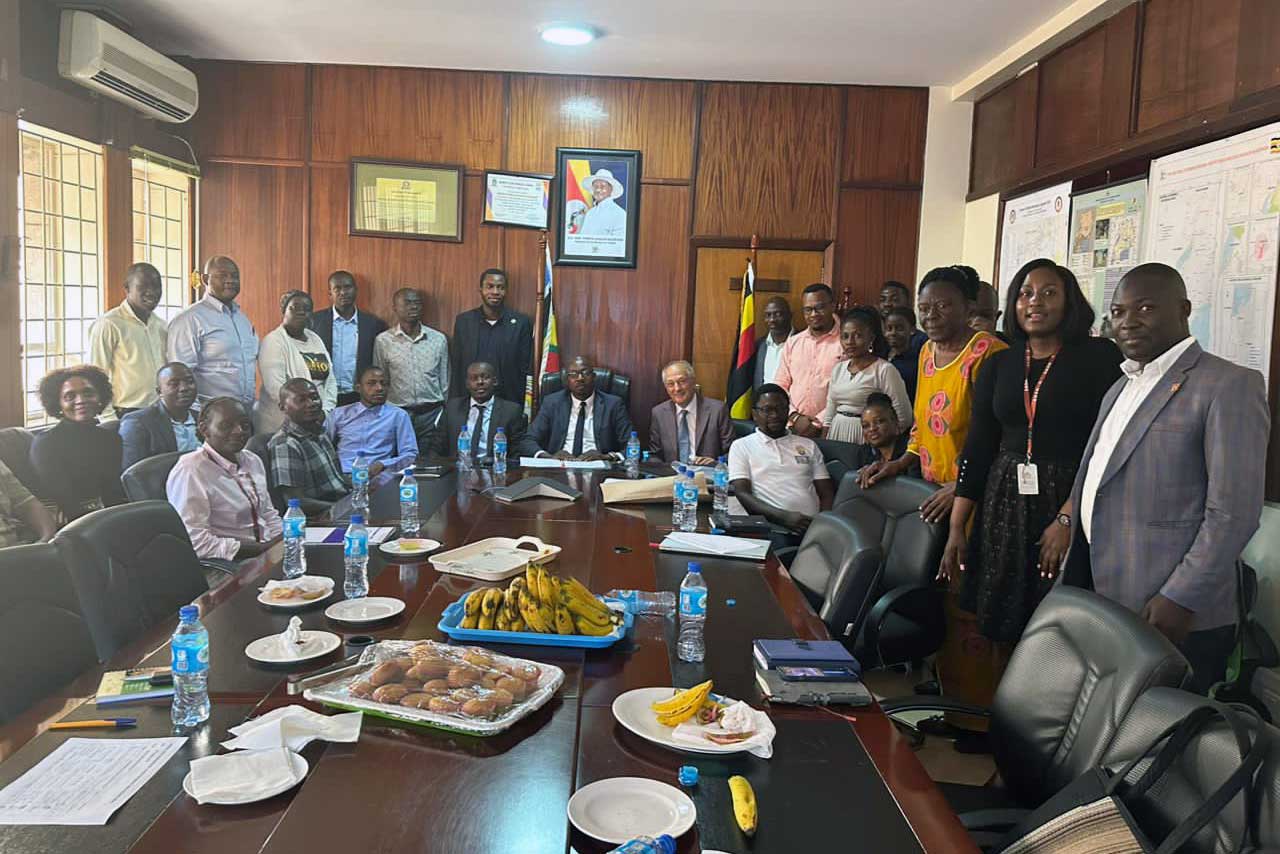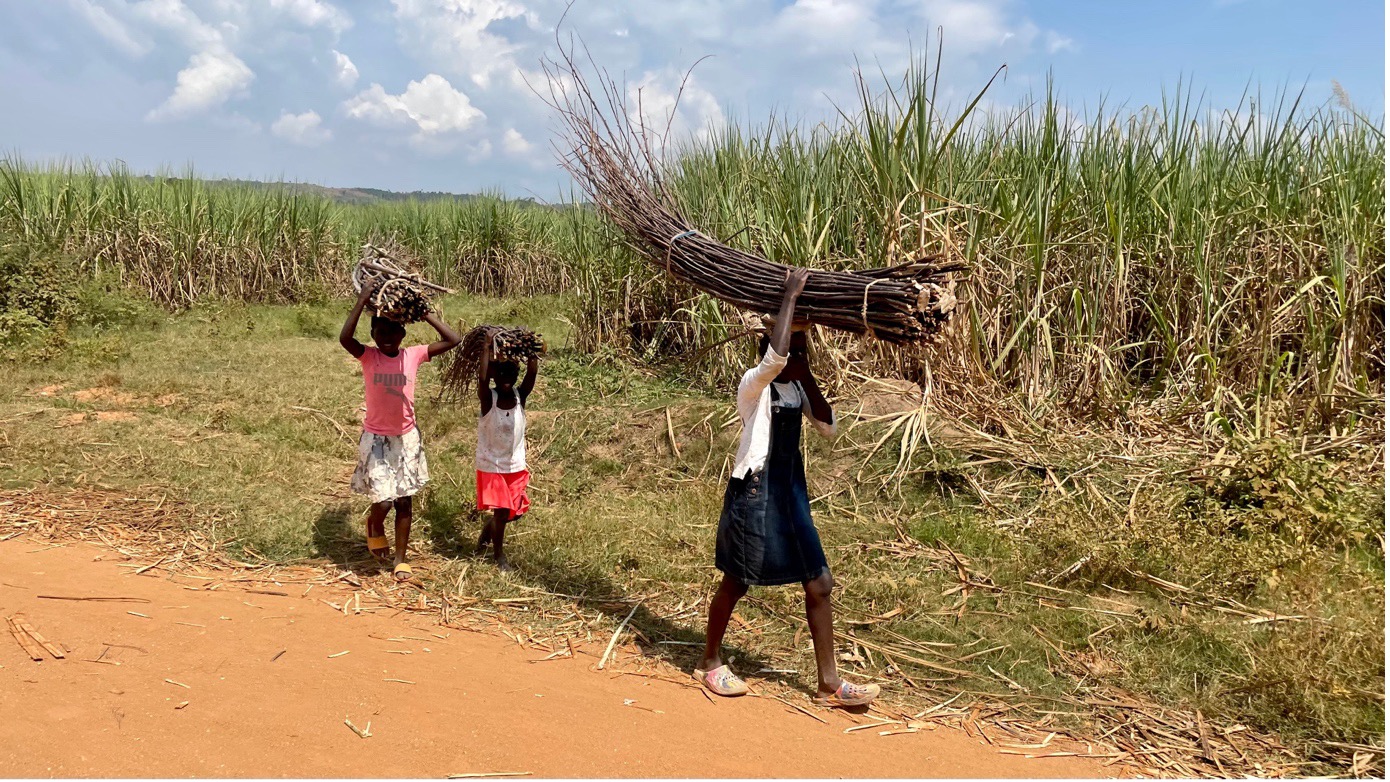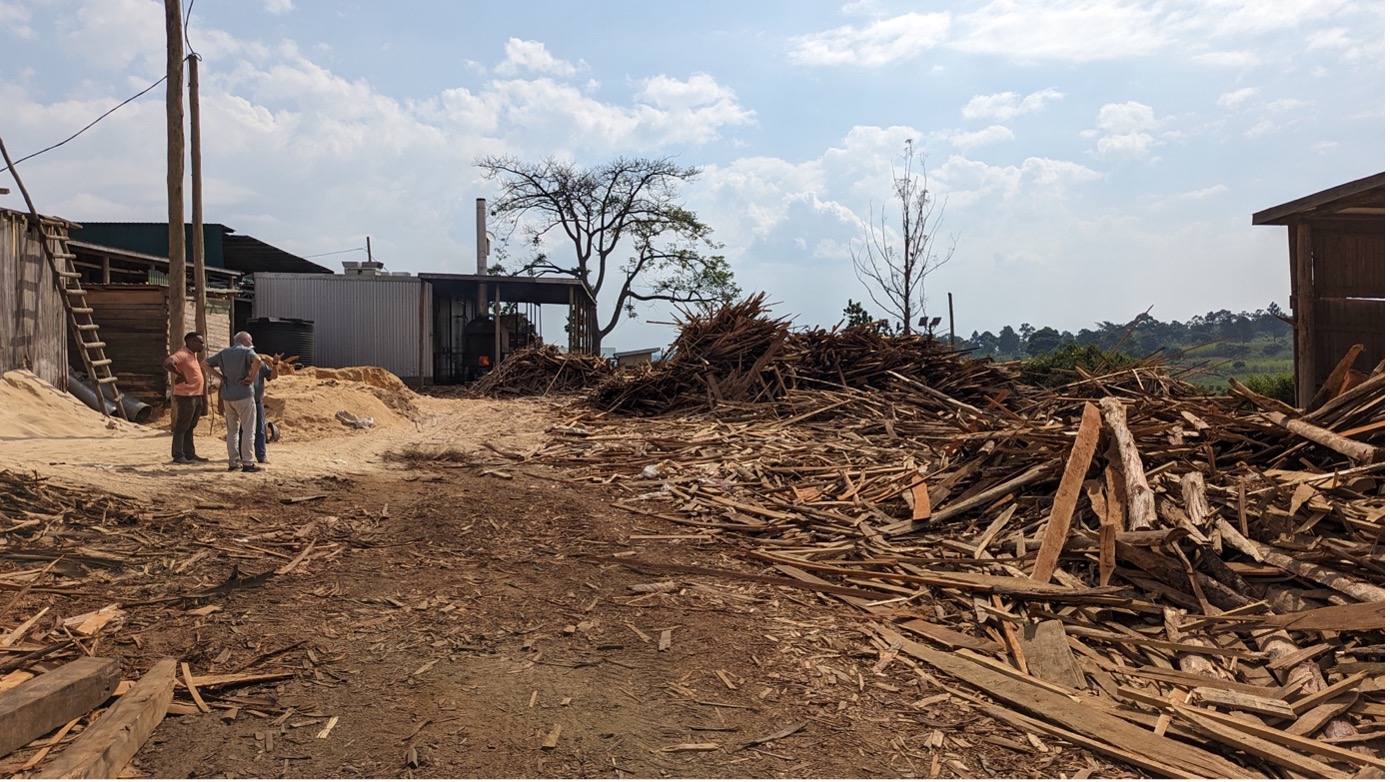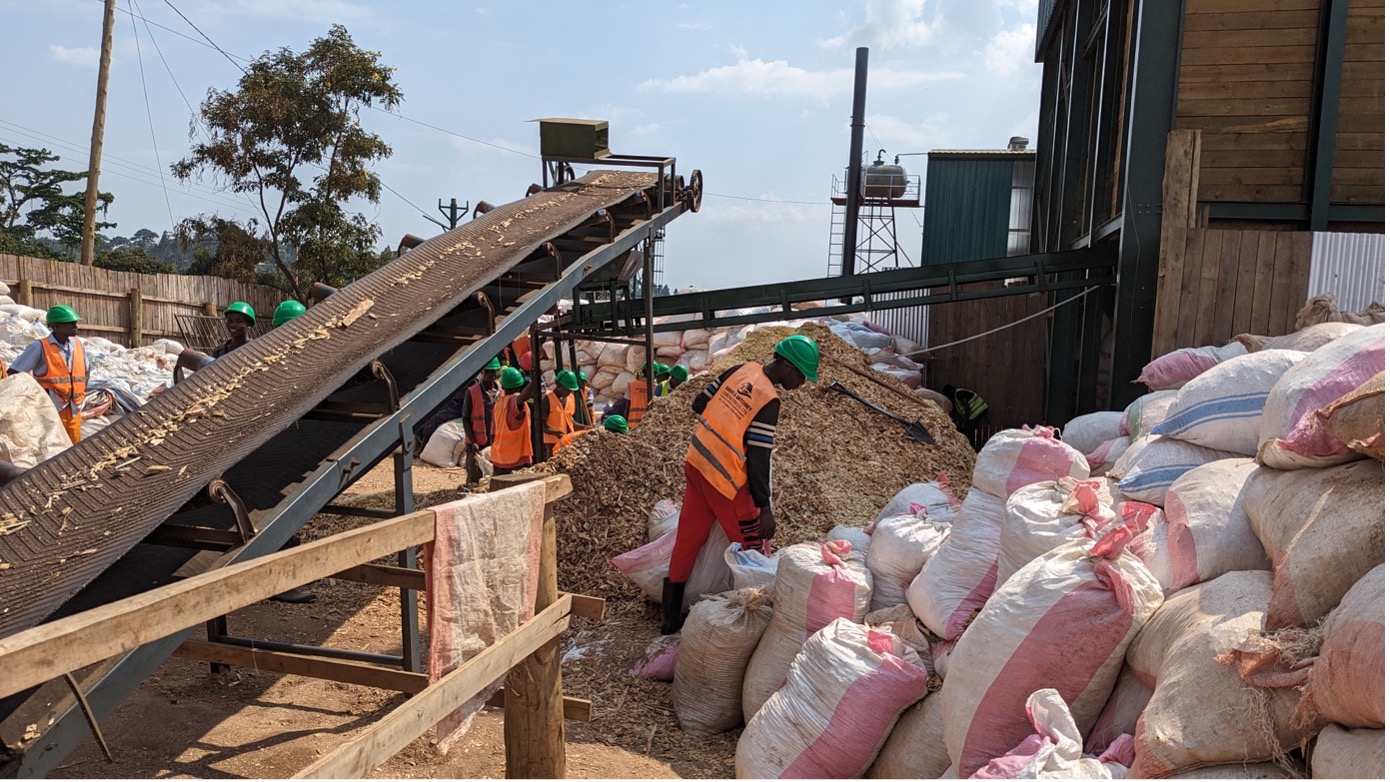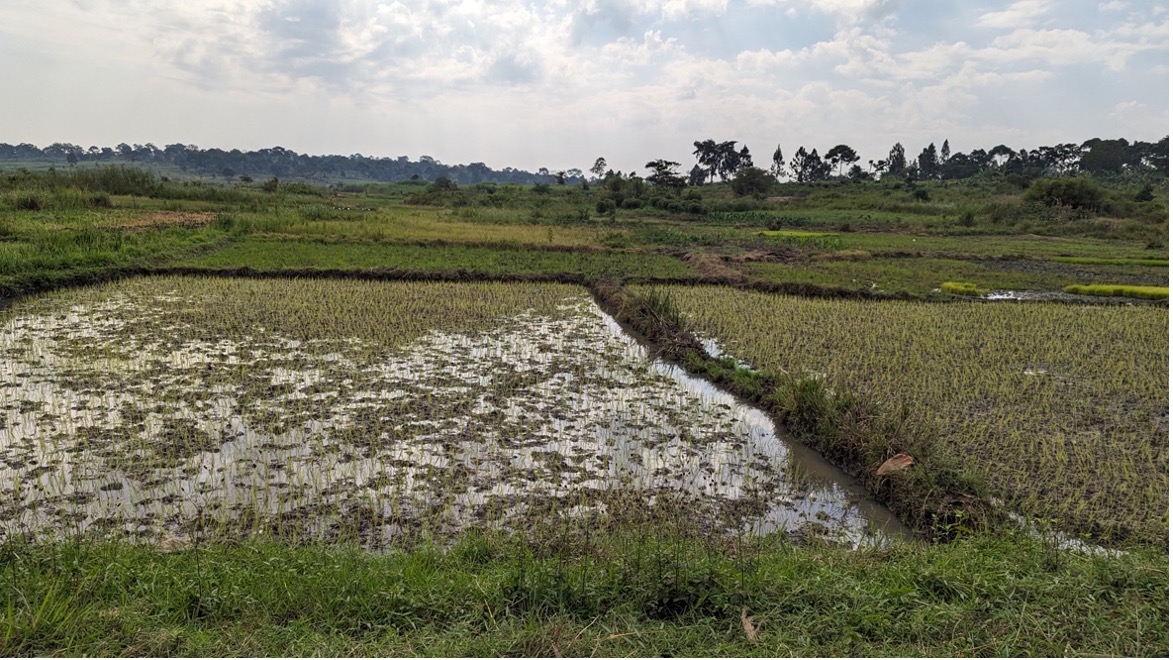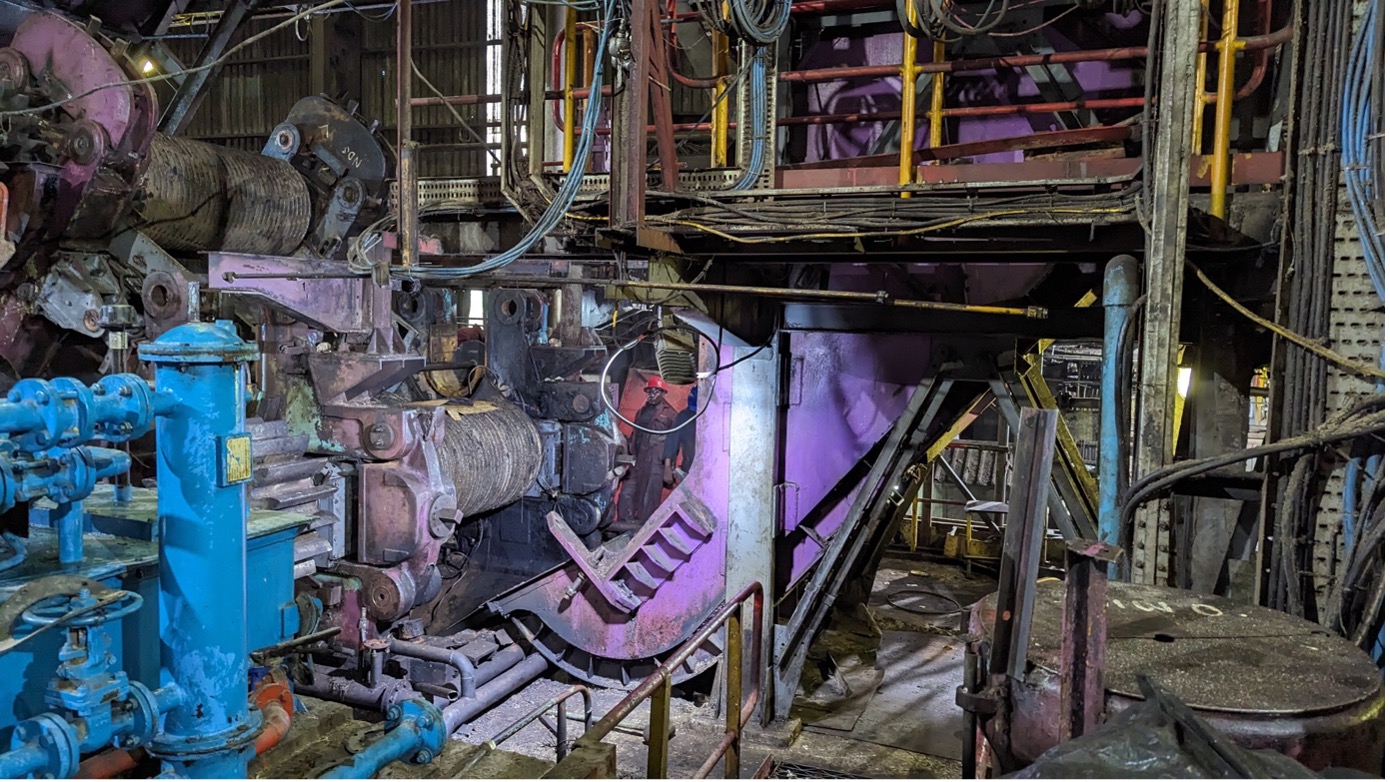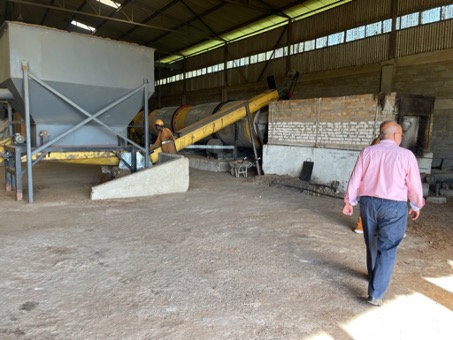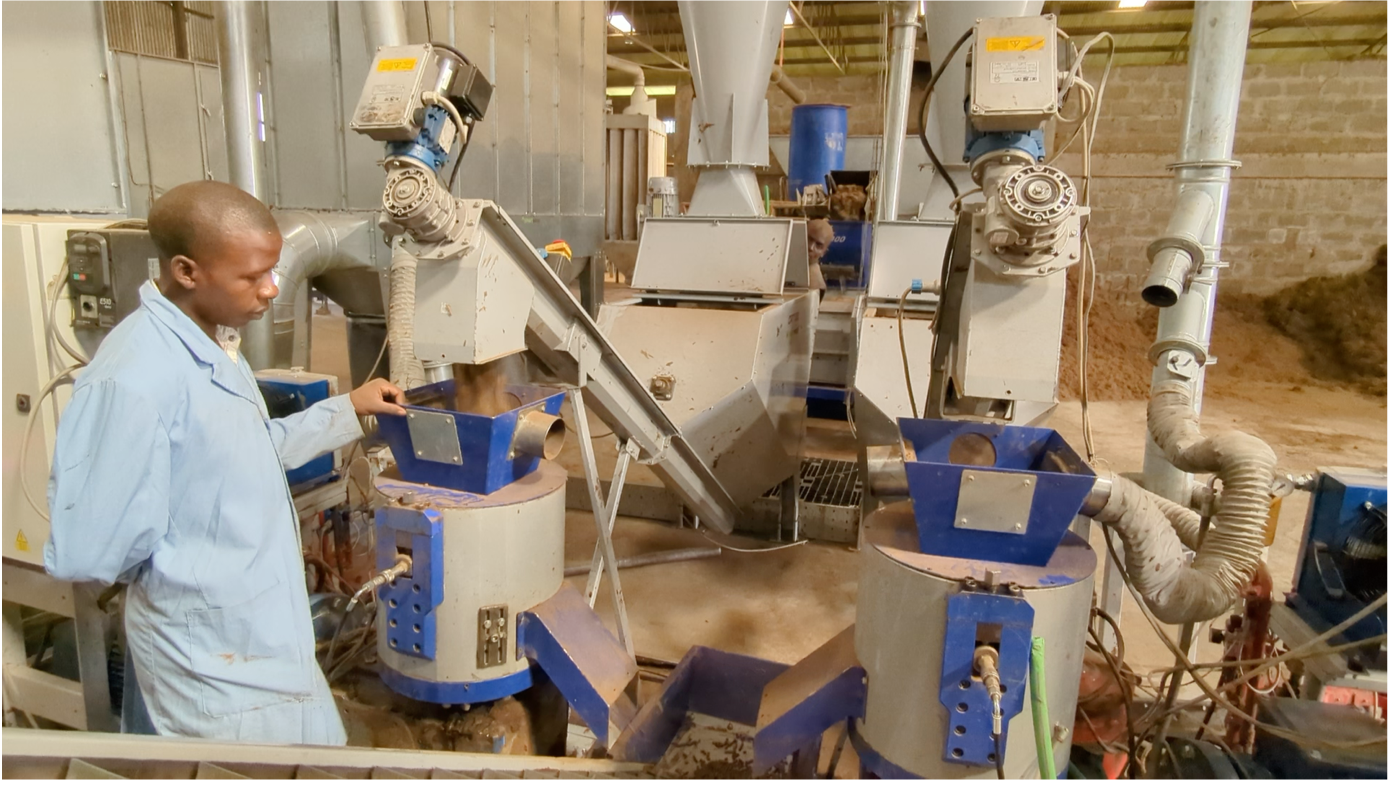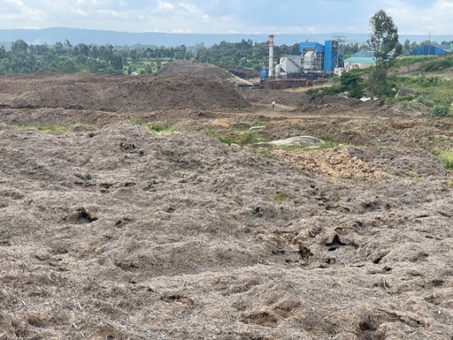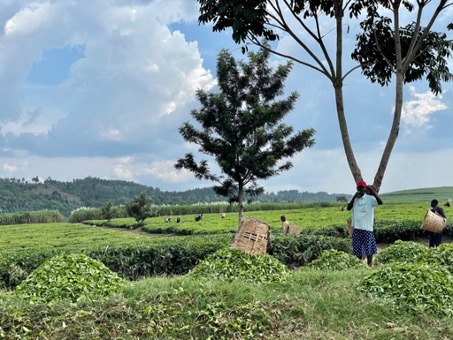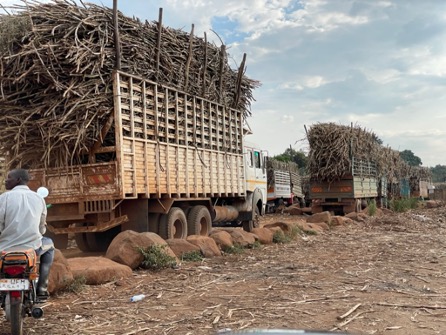Table Of Content
Main insights
From August 16 to August 25, 2023, we visited Uganda and Western Kenya to gain insights into the current situation of pellet production. The journey revealed significant opportunities for utilizing bagasse, a byproduct of sugar production, for pellet production. Bagasse is currently underutilized and often landfilled, posing environmental challenges. We got a lot of insights and recommendations based on various site visits and meetings:
Bagasse Surplus
In both Uganda and western Kenya, substantial quantities of bagasse are available, with estimates of up to 1000 tons per day in the Kakamega region of Kenia alone. The surplus of bagasse in Kenya is attributed to low feed-in tariffs and high connection costs to the power grid. Bagasse is also stockpiled in landfills, creating environmental concerns.
Pellet Production Potential
There is a lot of potential for converting bagasse into pellets, with the capacity to produce up to 150,000 tons of pellets annually in the Kakamega region. Local sugar factories expressed interest in offering long-term supply contracts to dispose of bagasse.
Uganda’s smaller sugar mills also use only a portion of bagasse for process steam and landfill the rest. Large plants are using all bagasse for cogeneration but could consider pellet production from sugarcane straw.
Energy and Environmental Impact
Uganda and Kenya heavily rely on biomass for energy both for cooking needs of households and for industrial energy supply. We suggest that pellets could provide an eco-friendly alternative to firewood and charcoal, contributing to sustainability and reduced deforestation. The opportunity to engage in pellet production is highlighted by that fact that charcoal production has been banned both in Kenia and more recently also in parts of Uganda due to progressing deforestation.
Economic Considerations
Cost comparisons indicate that bagasse-based pellets (4 kWh/kg) could be competitive with existing fuels at prices up to 200€/t. However, we recognized high initial investment costs for industrial pelleting plants as a potential challenge.
Need for Know-How Infrastructure
In our perspective, it’s crucial to highlight the significance of creating a local knowledge base to support pellet production. This encompasses various aspects, such as pellet plant design and operation as well as quality control of pellets.
Site Visits and Meetings
We’ve gathered insights from on-site visits to a lot of mills and meetings with stakeholders. We visited Busoga Sawmill, Kibimba Rice Mill, Bugiri Sugar Mill, Butali Sugar Mill, Powerspot Pelletizer Factory and met stakeholders such as UNIDO, UACC, GIZ Energy Cluster, and the Ministry of Energy and Mineral Development. All expressed strong interest in developing a pellet value chain in Uganda.
Conclusions
Our journey to Uganda and Kenya found favorable conditions for economically viable pellet production in the visited regions. This could significantly contribute to sustainable development and provide fuel both for industrial use and for green cooking. Our visit showed the importance of addressing challenges related to initial investment costs and ensuring the quality of pellet production equipment. Collaboration with local institutions and stakeholders is indispensable for the successful development of a pellet value chain in the region.
Christian Rakos, Martin Englisch

